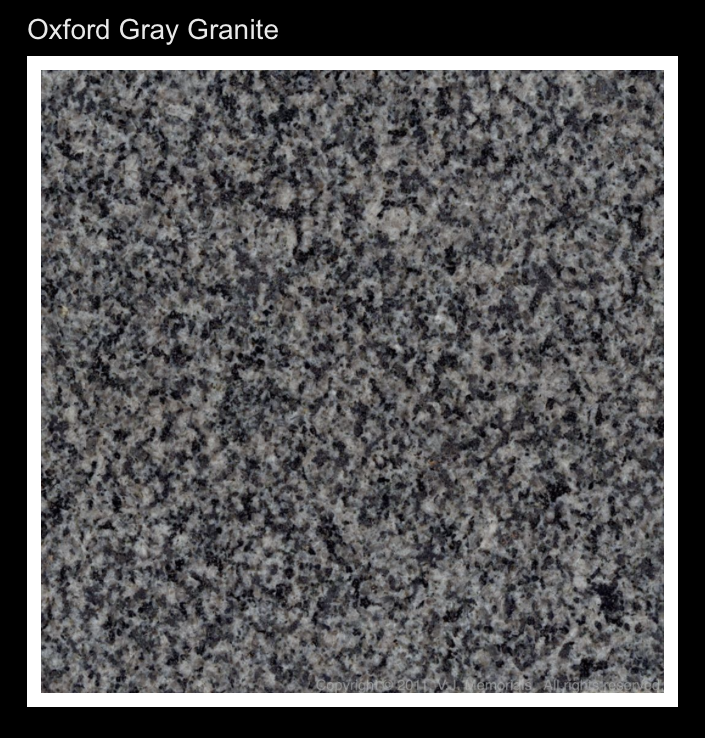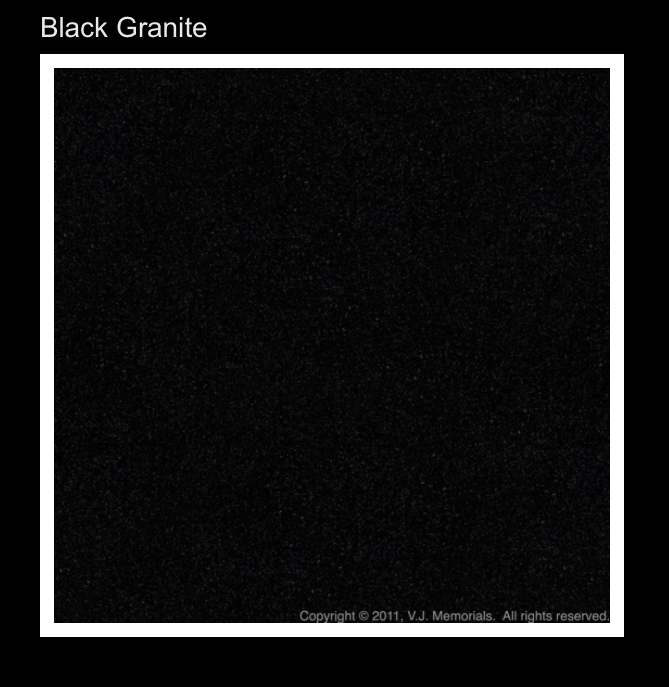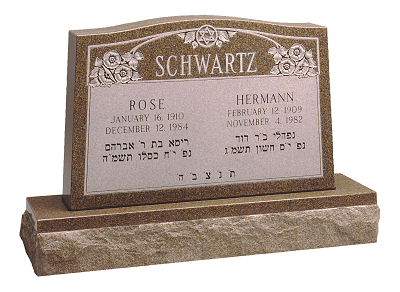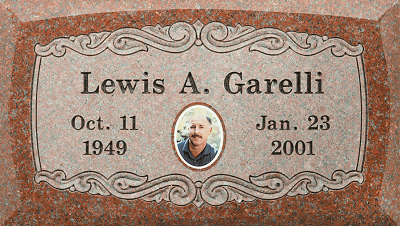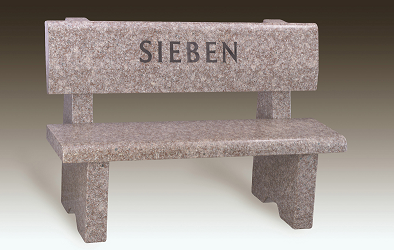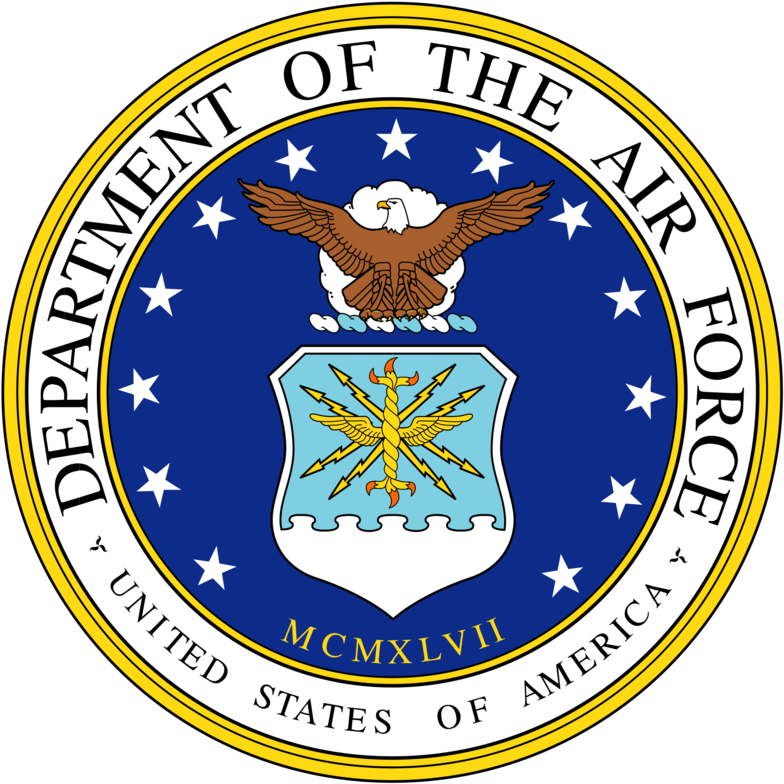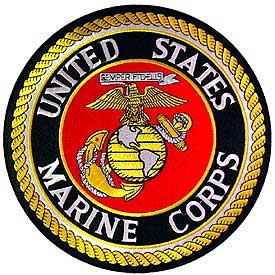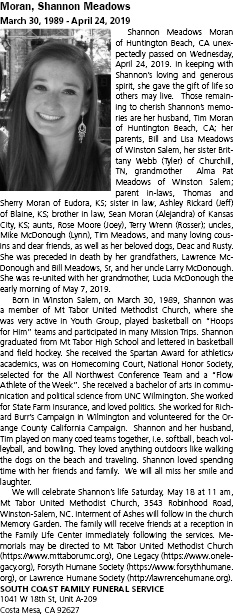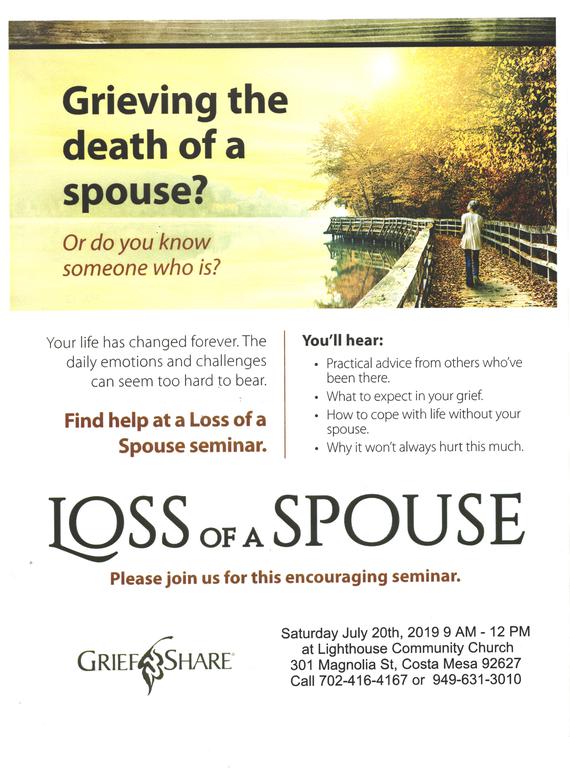
The United States holds the service of those who protect our country in very high regard. One of the most symbolic ways we show our appreciation is by incorporating the American flag into the traditions and rituals of military and police funerals. The distinctive stars and stripes are a symbol of patriotism, bravery and history. Such a powerful symbol comes with its own unique traditions and funeral etiquette.
Nicknamed “Old Glory,” it is believed that the first American flag was designed by a New Jersey Congressmen and sewn by the famous Betsy Ross. On June 14, 1777, less than one year after the United States declared independence from Great Britain, the Continental Congress (a forefather of today’s Congress) declared the stars and stripes as the official American flag. Exactly 172 years later, President Harry S. Truman commemorated June 14 as national Flag Day. Up until 1960, Congress changed the size and shape of the official flag to make room for all 50 states.
Not only does each star stand for a state and each stripe stand for one of the 13 original colonies, but the colors are also symbolic. Red symbolizes hardiness and valor, white stands for purity and innocence and blue represents vigilance, perseverance and justice. As Flag Day approaches, learn more about the history behind some of America’s funeral traditions featuring flags.
AMERICAN FLAG ETIQUETTE
When the American flag is used during a ceremony for a serviceman or woman, there are several rules suggested by the U.S. Department of Veterans Affairs (VA) to honor and respect the deceased.
- A flag should not be lowered into a grave or touch the ground.
- A flag should never be used as a covering for a statue or monument.
- A flag should never be used in such a way that will allow it to be torn, dirtied or damaged.
- A flag should not have anything placed on it, attached to it or marked on it.
- A flag should never be used to hold or carry anything.
- Any flag that is worn, torn or dirtied should no longer be publicly displayed but privately destroyed.
- A draped flag should be held over the casket by the pallbearers and, immediately after the sounding of “Taps,” should be folded in the correct way.
There is history behind why the American flag is folded in such a precise manner. Each fold has a different meaning and those meanings are based on a set of traditional Christian principles. The origins of this procedure are mostly unknown, but some sources suggest it may have been the Gold Star Mothers of America or an Air Force chaplain who first used this process to honor Veterans.
The American Legion states that the blue field of the flag that is left showing during the folding program stands for honor and represents the states that Veterans served. When a flag is fully folded, it is often referred to as “looking like a cocked hat,” just like the hats worn by soldiers serving under General George Washington during the Revolutionary War.
FLAGS AND CASKETS
The tradition of covering a deceased Veteran with an American flag became common in the late 1700s during the Napoleonic wars. Flags were originally used to cover the deceased on a battlefield so that both sides could more easily identify them. Today, this tradition is no longer associated with battle but used to remind family and friends of the deceased’s service to the country.
Today, the VA lists how the American flag should be displayed when a decedent is placed in a casket:
- Closed casket: the flag should be draped on the casket so that the union (the blue field) is at the head and over the left shoulder of the deceased.
- Half couch (open): the flag should be placed in three layers so the blue field will be the top fold next to the open portion of the casket on the deceased’s left.
- Full couch (open): the flag should be folded in the traditional triangular shape and placed in the center part of the head panel of the casket cap, above the left shoulder of the deceased.
In the case of cremation, a flag that has been folded into the traditional triangle can be displayed next to the cremated remains during a service.
The VA provides flags to Veterans who meet their qualifications of service. Funeral professionals can help families with the process of receiving a military-standard American flag by filling out the proper form. Flags are usually distributed at United States Postal Service offices and VA regional offices. However, they will only provide one flag per Veteran, so families wishing to have more than one should work with their local funeral home to acquire additional flags.
THE FAMILY PRESENTATION
Each service branch of the American military has a different speech when presenting the flag to the deceased’s family. Almost all of them are presented on behalf of the President of the United States and the country. This practice is an important part of the military honors process.
POLICE AND EMERGENCY RESPONDER FUNERALS
Flag etiquette for funerals of fallen police officers stems from the American Civil War when returned soldiers would join their local police force. Many police officers’ funerals follow the same flag guidelines as military funerals. Some use the flag of their police department with, or instead of, the American flag. Generally, the police department’s chief will make the call when it comes to these practices. Funerals of firefighters and EMS personnel can follow similar flag practices as military and police funerals; however, these traditions are much newer and are still evolving.
Understanding how the American flag is used during funeral services is an important part of respecting fallen and retired military personnel and their families. These honors can mean the world to a family who is experiencing one of the worst days of their life.









